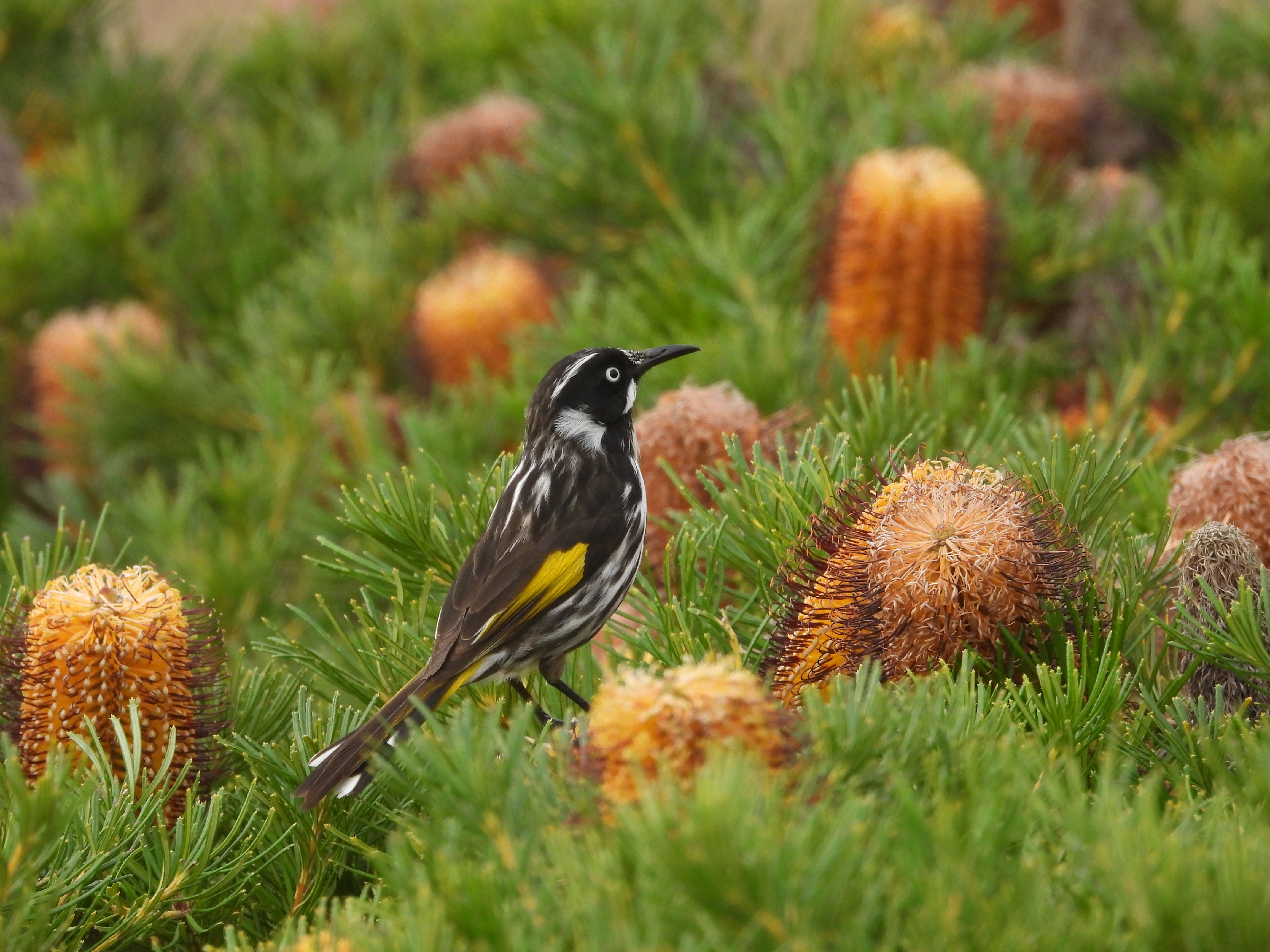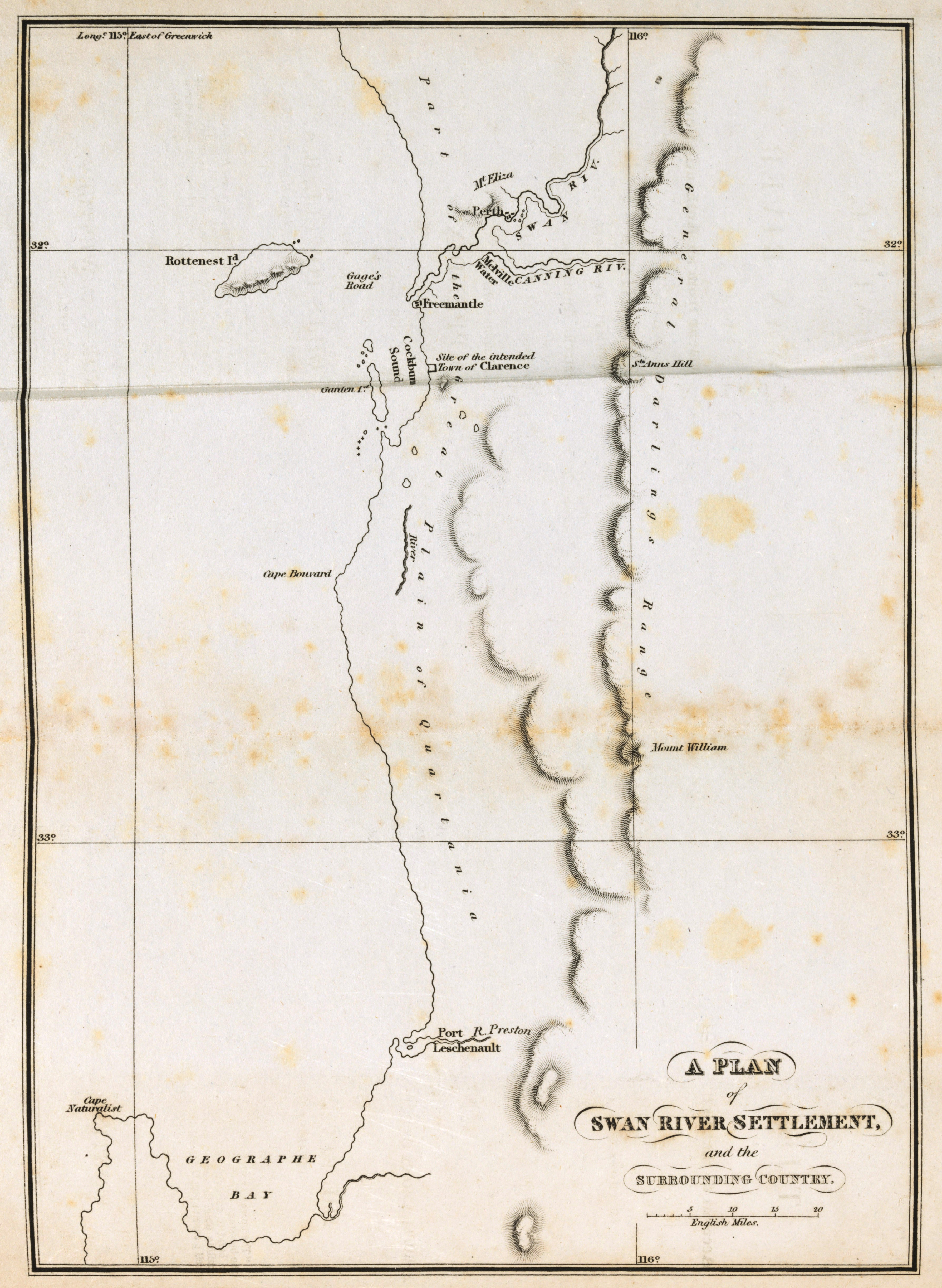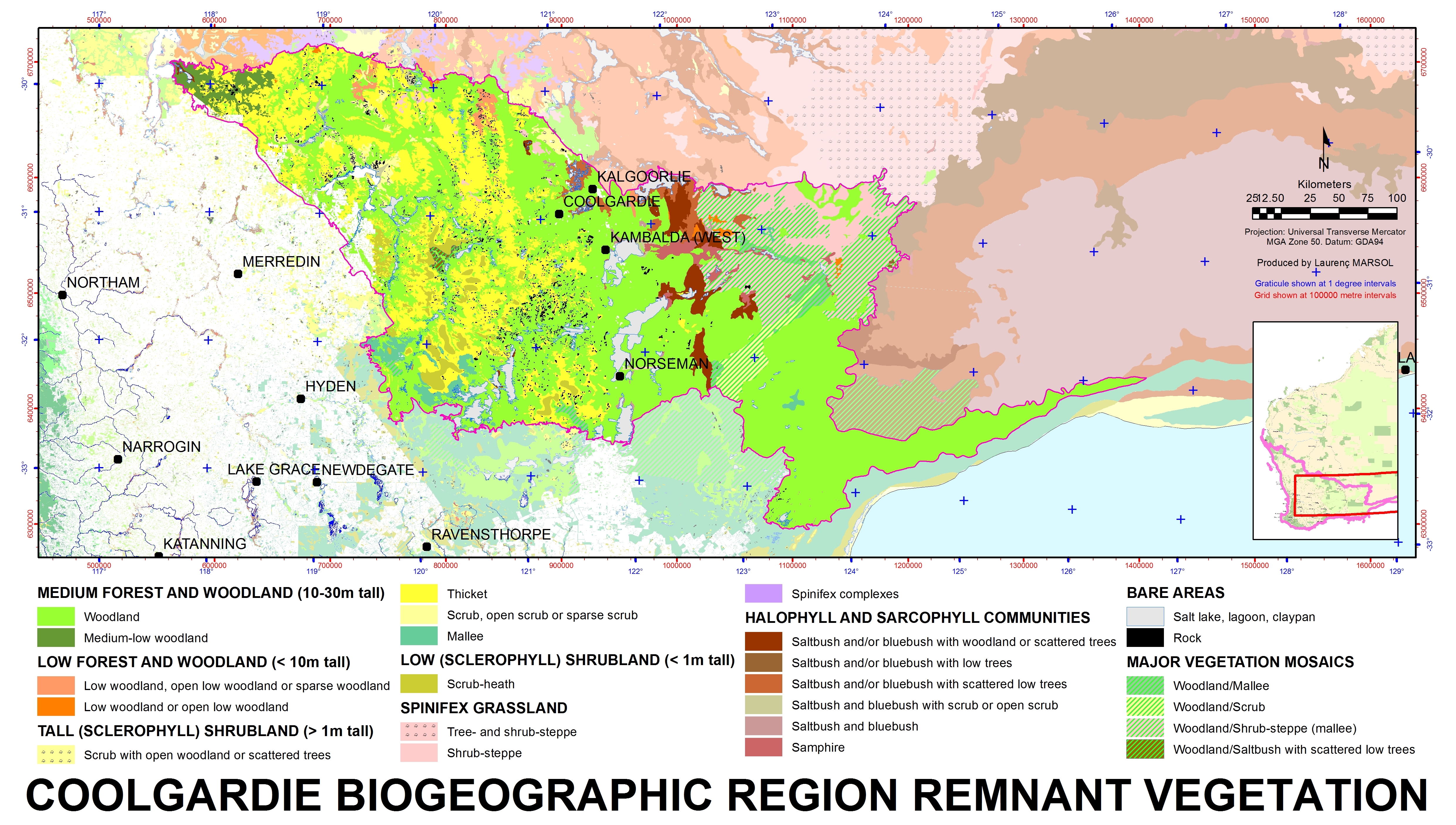|
Leptosema Aphyllum
''Leptosema aphyllum'' is a species of flowering plant in the family Fabaceae and is endemic to semi-arid regions of Western Australia. It is a prostrate or low-lying shrub or subshrub with flat, wavy, winged stems and branches, leaves reduced to narrowly triangular scales that fall off, red flowers, and linear, beaked pods. Description ''Leptosema aphyllum'' is a prostrate or low-lying shrub or subshrub, sometimes an erect shrub up to tall, its stems and branches flat, wavy and winged, wide. Its adult leaves are reduced to narrowly triangular scales, long but that fall off as they mature. The flowers are red, resupinate, and borne in the axils of the current season's branchlets on pedicels long. The sepals are linear, up to long. The standard petal is mostly enclosed in the sepals, long and broad, the wings are narrowly egg-shaped, long and wide and the keel is narrowly elliptic, long. The ovary densely covered with silky hairs and has 50 or more ovules. Flowering occ ... [...More Info...] [...Related Items...] OR: [Wikipedia] [Google] [Baidu] |
Royal Botanic Gardens, Cranbourne
The Royal Botanic Gardens Victoria at Cranbourne Gardens, is a division of the Royal Botanic Gardens Victoria (the second division being the Royal Botanic Gardens, Melbourne, located in the centre of Melbourne). It is located in the suburb of Cranbourne, Victoria, Cranbourne, about 45 km south-east of the Melbourne city centre. Cranbourne Gardens specialises in Australian native plants. The total area of this division of the botanic gardens is 363 hectares, including Heath (habitat), heathlands, wetlands and woodlands. The gardens also provide Habitat (ecology), habitat for native birds, mammals and reptiles, including some rare and endangered species. A focal point of Royal Botanic Gardens Cranbourne is the specially constructed ''Australian Garden'', opened to the public on 28 May 2006. The ''Australian Garden'' features a number of exhibition gardens, sculptures and displays aimed to bring the beauty and diversity of the Australian landscape and plants to the public. ... [...More Info...] [...Related Items...] OR: [Wikipedia] [Google] [Baidu] |
Swan River Colony
The Swan River Colony, also known as the Swan River Settlement, or just ''Swan River'', was a British colony established in 1829 on the Swan River, in Western Australia. This initial settlement place on the Swan River was soon named Perth, and it became the capital city of Western Australia. The name was a ''pars pro toto'' for Western Australia. On 6 February 1832, the colony was renamed the Colony of Western Australia, when the colony's founding lieutenant-governor, Captain James Stirling, belatedly received his commission. However, the name ''Swan River Colony'' remained in informal use for many years. European exploration The first recorded Europeans to sight land where the city of Perth is now located were Dutch sailors. Most likely the first visitor to the Swan River area was Frederick de Houtman on 19 July 1619, travelling on the ships and . His records indicate he first reached the Western Australian coast at latitude 32°20', which is approximately at Warn ... [...More Info...] [...Related Items...] OR: [Wikipedia] [Google] [Baidu] |
Leptosema
''Leptosema'' is a genus of thirteen species of flowering plants from the legume family Fabaceae, all endemic to Australia. They are shrubs with photosynthetic stems, the leaves reduced to scales, mostly red or green flowers arranged singly or in small groups, each with a reduced standard petal and usually ten stamens. Description Plants in the genus ''Leptosema'' are low shrubs, with flattened to terete, sometimes spiny, hairy branchlets. The stems are photosynthetic, the adult leaves reduced to scales. The flowers are arranged singly in the axils of upper scale-leaves, or in elongated racemes or in small panicles, sometimes in small racemes along the branchlets. The flowers are shades of red or green, but not pea-like, because the standard is equal to or shorter than the other petals and the keel is usually larger and more conspicuous than the other petals. There are usually ten stamens, roughly equal in length and free from each other. The ovary has up to 60 or more ovules a ... [...More Info...] [...Related Items...] OR: [Wikipedia] [Google] [Baidu] |
Flora Of Western Australia
The flora of Western Australia comprises 10,842 published native vascular plant species and a further 1,030 unpublished species. They occur within 1,543 genus, genera from 211 Family (biology), families; there are also 1,335 naturalised alien or invasive plant species more commonly known as weeds. There are an estimated 150,000 cryptogam species or nonvascular plants which include lichens, and fungi although only 1,786 species have been published, with 948 algae and 672 lichen the majority. History Indigenous Australians have a long history with the flora of Western Australia. They have for over 50,000 years obtained detailed information on most plants. The information includes its uses as sources for food, shelter, tools and medicine. As Indigenous Australians passed the knowledge along orally or by example, most of this information has been lost, along many of the names they gave the flora. It was not until Europeans started to explore Western Australia that systematic written de ... [...More Info...] [...Related Items...] OR: [Wikipedia] [Google] [Baidu] |
Fabales Of Australia
Fabales is an order of flowering plants included in the rosid group of the eudicots in the Angiosperm Phylogeny Group II classification system. In the APG II circumscription, this order includes the families Fabaceae or legumes (including the subfamilies Caesalpinioideae, Mimosoideae, and Faboideae), Quillajaceae, Polygalaceae or milkworts (including the families Diclidantheraceae, Moutabeaceae, and Xanthophyllaceae), and Surianaceae. Under the Cronquist system and some other plant classification systems, the order Fabales contains only the family Fabaceae. In the classification system of Dahlgren the Fabales were in the superorder Fabiflorae (also called Fabanae) with three families corresponding to the subfamilies of Fabaceae in APG II. The other families treated in the Fabales by the APG II classification were placed in separate orders by Cronquist, the Polygalaceae within its own order, the Polygalales, and the Quillajaceae and Surianaceae within the Rosales. ... [...More Info...] [...Related Items...] OR: [Wikipedia] [Google] [Baidu] |
Department Of Biodiversity, Conservation And Attractions
The Department of Biodiversity, Conservation and Attractions (DBCA) is the Government of Western Australia, Western Australian government department responsible for managing lands and waters described in the ''Conservation and Land Management Act 1984'', the ''Rottnest Island Authority Act 1987'', the ''Swan and Canning Rivers Management Act 2006'', the ''Botanic Gardens and Parks Authority Act 1998'', and the ''Zoological Parks Authority Act 2001'', and implementing the state's conservation and environment legislation and regulations. The Department reports to the Minister for Environment and the Minister for Tourism. DBCA was formed on 1 July 2017 by the merger of the Department of Parks and Wildlife (DPaW), the Botanic Gardens and Parks Authority, the Zoological Parks Authority and the Rottnest Island Authority. The former DPaW became the Parks and Wildlife Service. Status Parks and Wildlife Service The Formerly Department of Parks and Wildlife. the Parks and Wildlife Servi ... [...More Info...] [...Related Items...] OR: [Wikipedia] [Google] [Baidu] |
Yalgoo Bioregion
Yalgoo is an interim Australian bioregion located in Western Australia. It has an area of . The bioregion, together with the Avon Wheatbelt and Geraldton Sandplains bioregions, is part of the larger Southwest Australia savanna ecoregion as classified by the World Wildlife Fund. Geography The Yalgoo bioregion extends southeastwards from the southern end of Shark Bay on Australia's west coast nearly to Lake Barlee in the interior of Western Australia. The western portion, known as the Edel subregion, includes the Edel Land peninsula and Dirk Hartog, Bernier, and Dorre islands, which enclose Shark Bay on the west. It also includes the coastal plain south of Shark Bay nearly to Kalbarri, where it transitions to the Geraldton Sandplains bioregion. The Edel subregion rests on the Carnarvon and Perth sedimentary basins. The Zuytdorp Cliffs line the coast from the northern end of Edel Land to the mouth of the Murchison River. Soils are generally white sands along the coast, an ... [...More Info...] [...Related Items...] OR: [Wikipedia] [Google] [Baidu] |
Murchison Bioregion
The Murchison is a loosely defined area of Western Australia located within the interior of the Mid West region. It was the subject of a major gold rush in the 1890s and remains a significant mining district. The Murchison is also included as an interim Australian bioregion. The bioregion is loosely related to the catchment area of the Murchison River and has an area of . Geography The landscape is characterised by low hills and mesas, separated by colluvium flats and alluvial plains. The western portion of the bioregion is drained by the upper Murchison and Wooramel rivers, which drain westwards towards the coast.Anthony Desmond, Mark Cowan and Alanna Chant (2001). "Murchison 2 (MUR2 – Western Murchison subregion)", in ''A Biodiversity Audit of Western Australia’s 53 Biogeographical Subregions in 2002''. The Department of Conservation and Land Management, Government of Western Australia, November 2001/ref> Together with Gascoyne bioregion, it constitutes the Wester ... [...More Info...] [...Related Items...] OR: [Wikipedia] [Google] [Baidu] |
Geraldton Sandplains
Geraldton Sandplains is an Interim Biogeographic Regionalisation for Australia, interim Australian bioregion of Western Australia. It has an area of . The Geraldton Sandplains is part of the larger Southwest Australia savanna ecoregion, as assessed by the World Wildlife Fund. Subregions See also * Shark Bay, Western Australia References Further reading * Thackway, R and I D Cresswell (1995) ''An interim biogeographic regionalisation for Australia : a framework for setting priorities in the National Reserves System Cooperative Program'' Version 4.0 Canberra : Australian Nature Conservation Agency, Reserve Systems Unit, 1995. Biogeography of Western Australia IBRA regions Plains of Australia Mediterranean forests, woodlands, and scrub in Australia Southwest Australia {{WesternAustralia-stub ... [...More Info...] [...Related Items...] OR: [Wikipedia] [Google] [Baidu] |
Coolgardie Bioregion
Coolgardie is an Australian bioregion consisting of an area of low hills and plains of infertile sandy soil in Western Australia. It has an area of . It includes much of the Great Western Woodlands. Location and description This is a transition zone between the Mediterranean climate of Australia's south-west coast and the country's dry interior. The poor soil makes it unsuitable for agriculture but Coolgardie has been a gold and nickel mining area. It is bounded on the north by the arid Murchison bioregion, characterised by open Mulga woodlands and steppe. The low shrublands of the arid Nullarbor Plain lie to the east. The Mallee bioregion adjoins Coolgardie on the south. The Avon Wheatbelt bioregion is to the west. The Coolgardie bioregion, together with the coastal Hampton bioregion to the southeast, constitute the Coolgardie woodlands ecoregion defined by the World Wildlife Fund. Flora and fauna The low hills are home to woodland of endemic species of eucalyptus while ... [...More Info...] [...Related Items...] OR: [Wikipedia] [Google] [Baidu] |
Carnarvon Bioregion
The Carnarvon xeric shrublands is a deserts and xeric shrublands ecoregion of Western Australia. The ecoregion is coterminous with the Carnarvon Interim Biogeographic Regionalisation for Australia (IBRA) bioregion.IBRA Version 6.1 data Location and description The ecoregion covers an area of from the bounded by the to the west from the Peron Peninsula in up to the |
Avon Wheatbelt
The Avon Wheatbelt is a bioregion in Western Australia. It has an area of . It is considered part of the larger Southwest Australia savanna ecoregion. Geography The Avon Wheatbelt bioregion is mostly a gently undulating landscape with low relief. It lies on the Yilgarn craton, an ancient block of crystalline rock, which was uplifted in the Tertiary and dissected by rivers. The craton is overlain by laterite deposits, which in places have decomposed into yellow sandplains, particularly on low hills. Steep-sided erosional gullies, known as breakaways, are common. Beecham, Brett (2001). "Avon Wheatbelt 2 (AW2 - Re-juvenated Drainage subregion)" in ''A Biodiversity Audit of Western Australia’s 53 Biogeographical Subregions in 2002''. Department of Conservation and Land Management, Government of Western Australia, November 2001. Accessed 15 May 2022/ref> In the south and west (the Katanning subregion), streams are mostly perennial, and feed rivers which drain westwards to empt ... [...More Info...] [...Related Items...] OR: [Wikipedia] [Google] [Baidu] |





